7 laundry detergent mistakes to avoid at all costs
Whatever you do, don’t make these laundry detergent mistakes
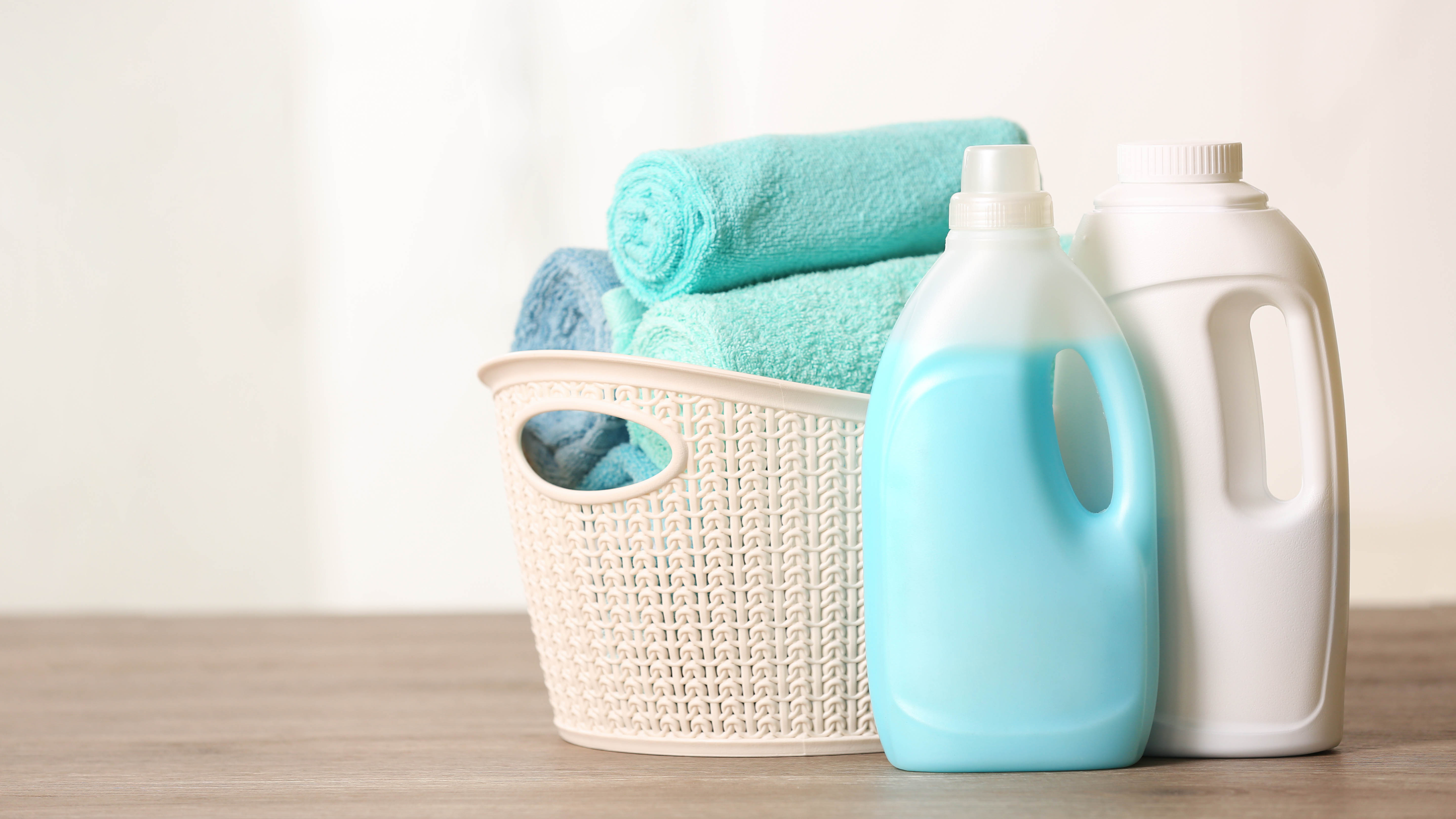
When it comes to laundry day, we’re all pretty well versed with using our washing machines. After all, you just chuck the load in, add your detergent, set the program and you’re good-to-go, right?
Actually, it’s not always as simple as that. In fact, there are several mistakes you could be making when it comes to using your detergent alone, which even the best washing machines won't be able to remedy.
Make one of these mistakes, and not only could you be ruining your clothes, you could be doing your washer some damage at the same time, leading to expensive repairs. The good news is these errors are simple to rectify, and by making a few small changes, you could improve the overall cleaning performance. Here are 7 laundry detergent mistakes you should avoid at all costs.
Want to save some money? Here’s how to make your own laundry detergent.
1. Using too much detergent
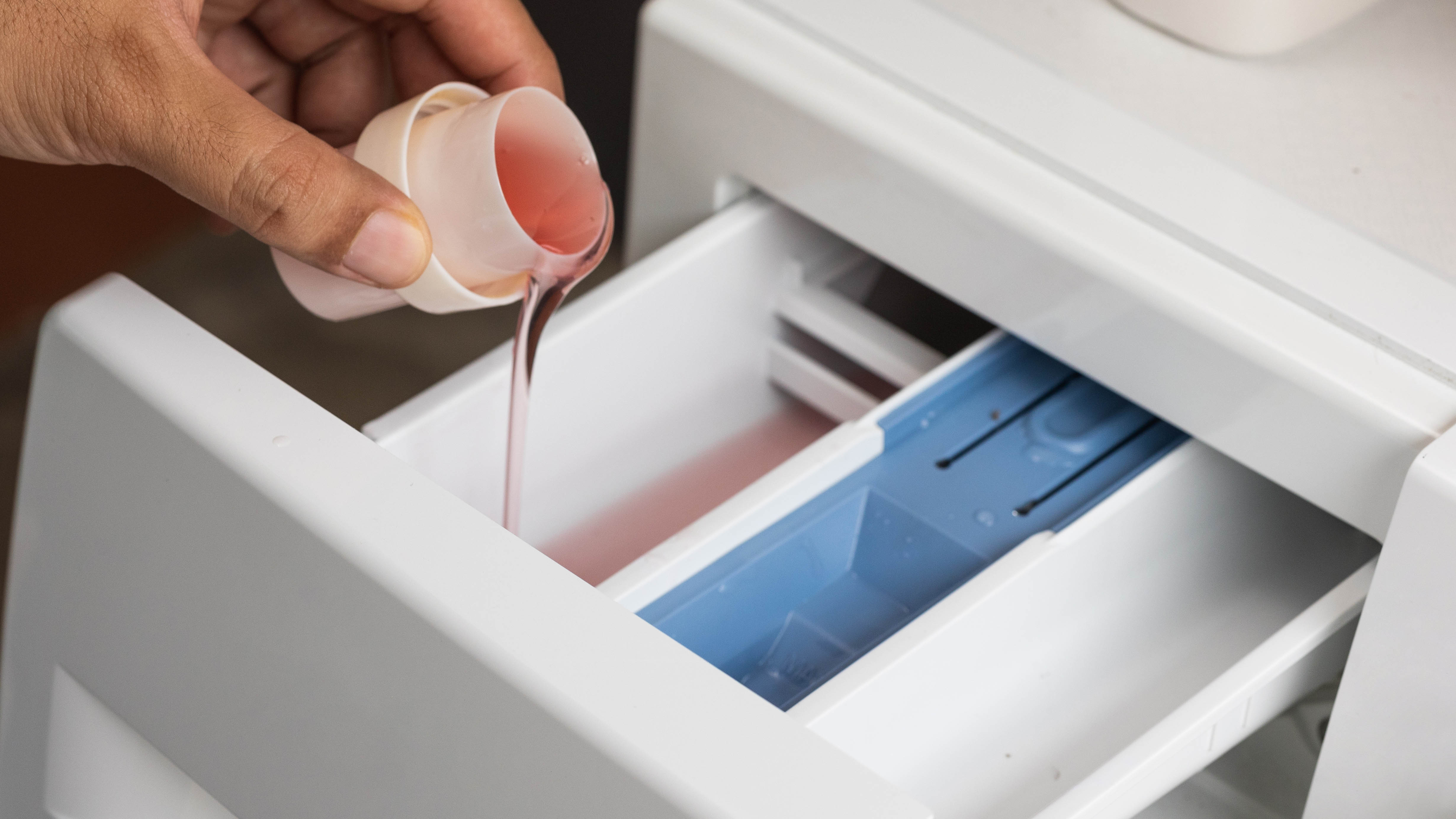
While you might think more laundry detergent equals more cleaning power, there’s a reason it comes with specific dosage instructions. If you use more detergent than is necessary, you can actually do more harm than good.
First, excess detergent will make the conditions of the wash more slippery — simply put, your laundry won’t make contact with itself as effectively during the cycle. That means, the dirt won’t be scrubbed out so well. So more detergent can actually make for a worse cleaning performance.
On top of that, your washing machine will need to work harder to remove the excess suds. If it can’t rinse them out effectively, your laundry will end up carrying residual detergent, which can trigger allergic reactions. If these suds are left to sit in your washing machine, it won’t do your appliance any favors either. The remaining detergent will only encourage the growth of mold, meaning you will have to clean your appliance more often.
Sign up to get the BEST of Tom's Guide direct to your inbox.
Get instant access to breaking news, the hottest reviews, great deals and helpful tips.
In addition to this, using more detergent than is needed will only add to your costs in the long run. So there are many reasons to avoid this mistake.
Make sure you measure out your detergent each time you use it, and don’t overcompensate for heavy stains, unless advised to do so by the instructions.
It's easy to apply too much detergent when washing bed sheets, but this is one of the 7 mistakes to avoid when washing bedding.
2. Applying detergent incorrectly
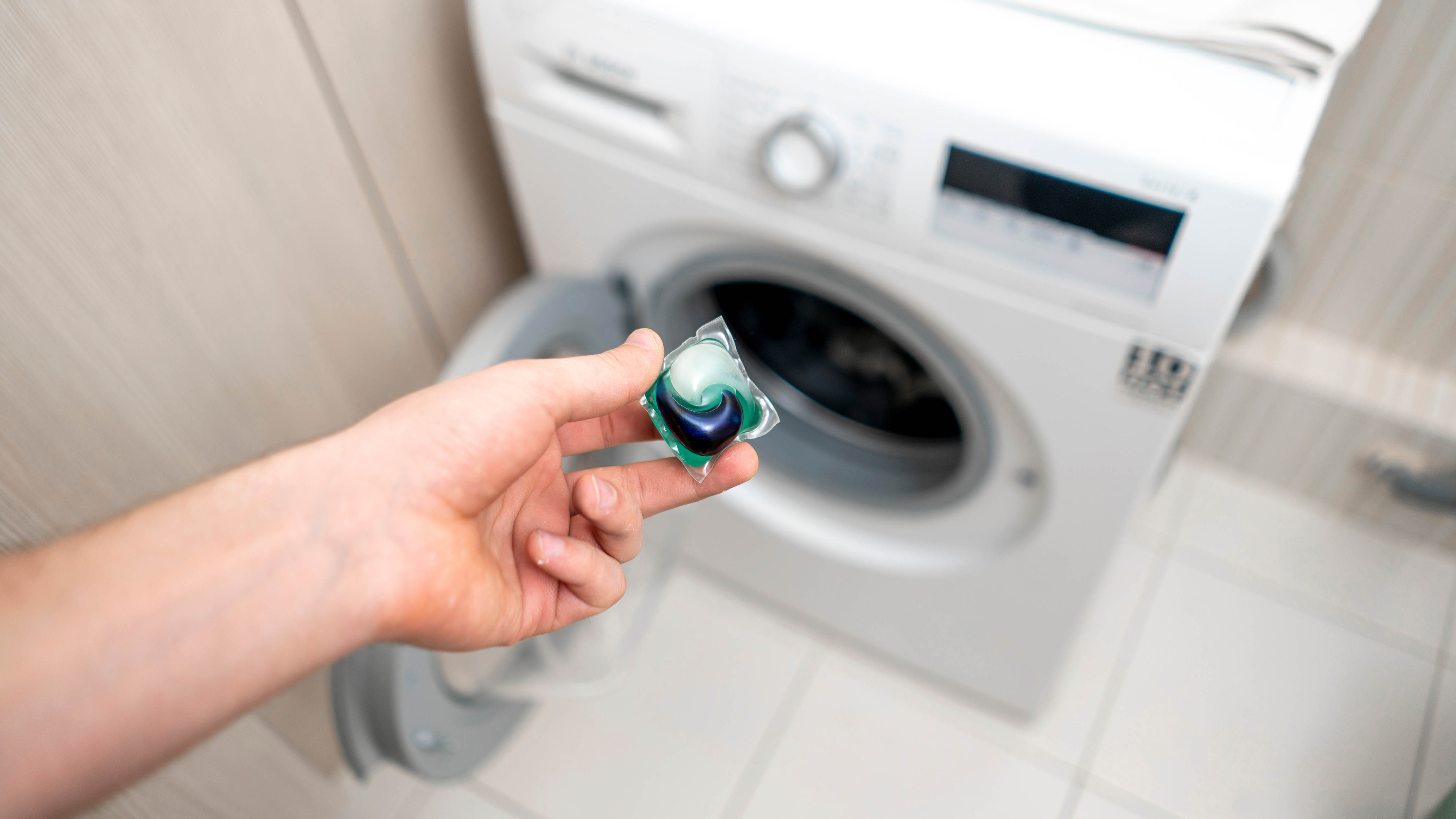
Much like haphazardly measuring out the detergent, many of us will assume we know where it goes in the washing machine as well. Some detergents will need applying via the detergent drawer, while others go straight into the drum.
For the former, make sure you’re using the correct compartment in the drawer. There’s one slot for detergent, one for softener, one for bleach and often one for pre-rinse as well. These are usually labeled to make things easier, but sometimes symbols are all that's given. You can usually tell which compartment is for the main wash because it will be the biggest and will have either a ‘II’ or a drip symbol next to it. If you’re unsure, refer to your washing machine's manual for guidance.
Once you’ve located the main wash compartment, you might notice it has a flap, which you can open or close. This needs to be adjusted depending on whether you’re using a powder or liquid detergent. For powder, the flap should be open, so it can be easily rinsed away; for liquid, it needs to be closed. For more information, here’s what those compartments actually do in your washing machine drawer.
If your detergent needs to be applied via the drum, make sure you’re placing it in the right position. Some instruct for it to sit on top of the laundry, while others require that it sits at the base of the drum, toward the back, before the clothes are loaded. This will affect its distribution during the cycle. Make sure you check and follow the instructions.
3. Using the wrong type of detergent
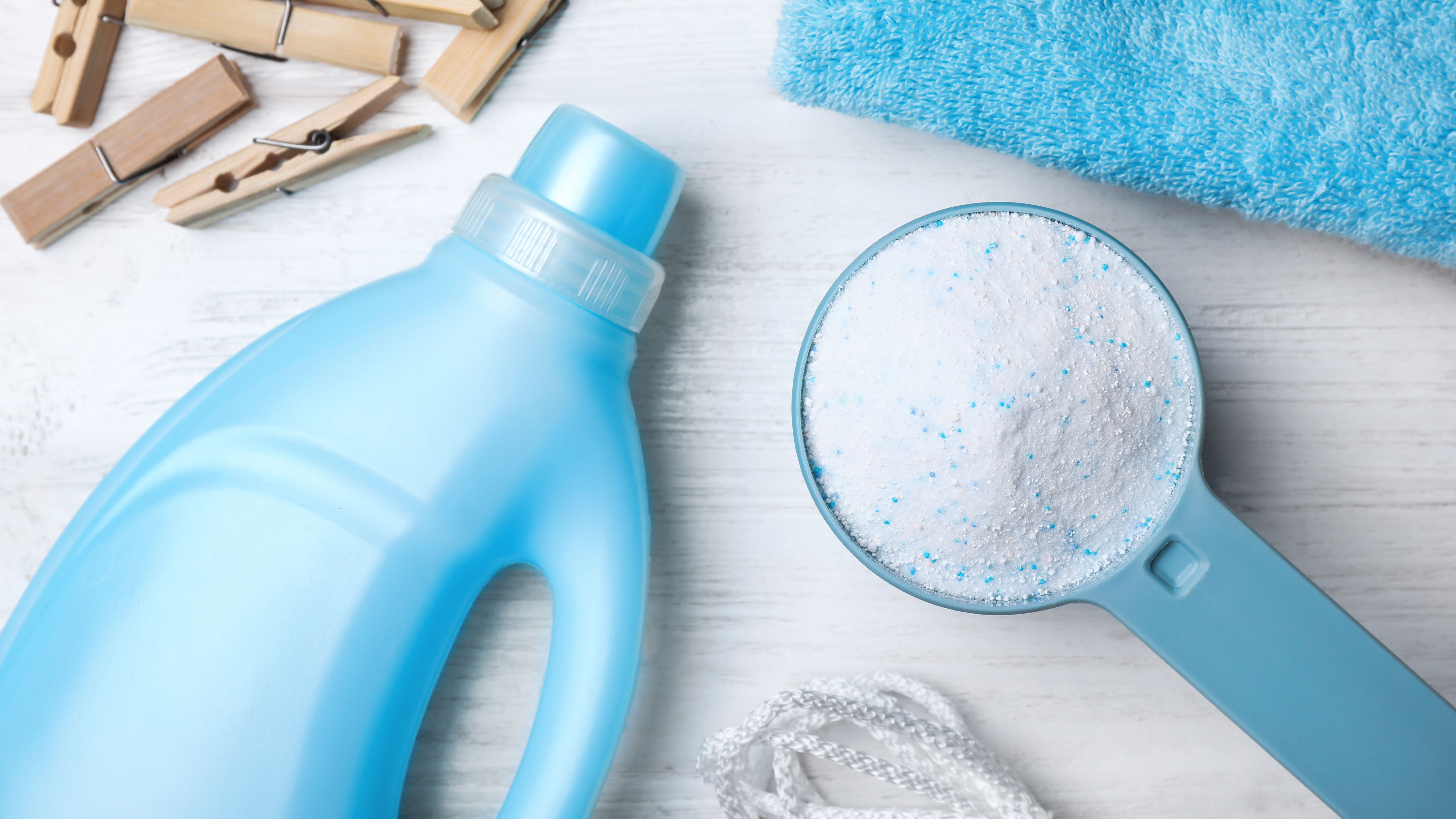
There are so many different brands and types of laundry detergent on the market, that it can be quite intimidating to pick one out. Most of us will stick to what we know, or choose based on value for money. But, different types of detergent will suit different situations, and you might be buying something unsuitable.
When it comes to bio vs non-bio, bio detergent is generally the stronger in terms of cleaning power. It contains enzymes as well as whitening agents, which makes it brilliant for keeping whites white and removing everyday stains; however it’s not ideal if you suffer from sensitive skin. In this case, a non-bio detergent would be preferential. This is gentler on the skin and is less likely to cause a reaction because it doesn’t contain enzymes.
Then there’s different formats of laundry detergent to consider — powder, liquid and capsule. Powder is ideal for removing mud and blood stains, and it’s a great whitener as well, but it's generally messy during application and it’s not the easiest to rinse away, which isn’t good if you suffer from sensitive skin.
On the other hand, Liquid detergent or capsules are brilliant for removing oil and grease stains, and they’re preferential for sensitive skin. They're also the more expensive option and it’s not great for the environment either. For a full breakdown, see powder vs liquid detergent: which is best for your laundry?
Speaking of the environment, here’s why fabric softener is bad news for you and your washing machine. Also keep in mind that eco-friendly laundry detergents are widely available as well, such as Tru Earth Eco-Strips ($12.85, Amazon). You can’t get the dosage wrong here either, because it comes in strips!
4. You’re storing your detergent wrong
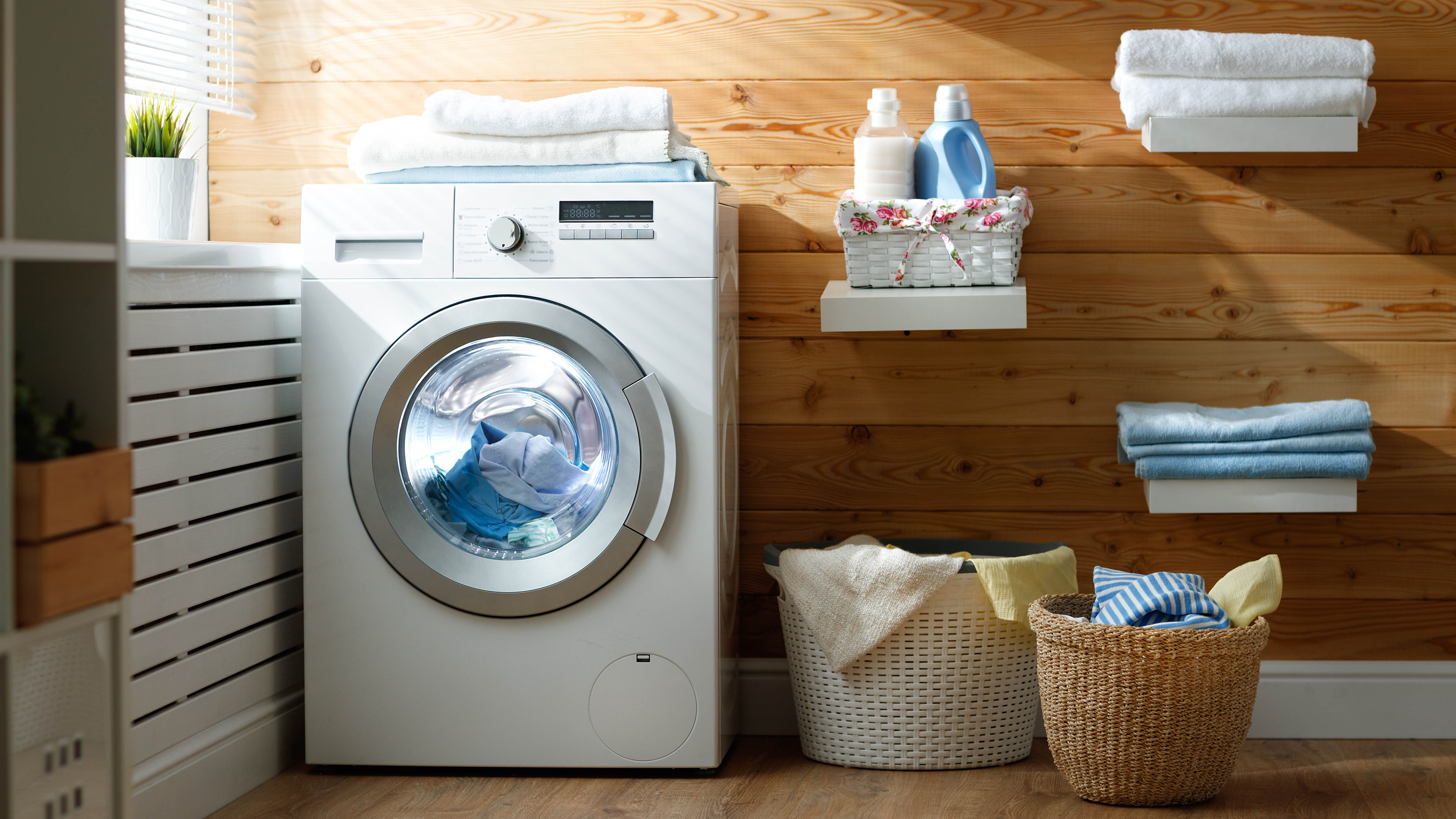
While you might always keep your laundry detergent in the same place, it’s worth checking out the conditions to see if they’re up to scratch. First of all, in terms of safety, you need to make sure that your detergent is locked away and out of reach of children. It should also be sealed after use and stored in a cool, dry space, away from any moisture or fluctuating temperatures.
If you’re using powder detergent, which is often supplied in cardboard packaging, excess moisture can damage the box and clump up the powder. Capsules can also stick together and leak when subjected to moisture. Liquid detergent, on the other hand, struggles with extreme temperatures — this can affect the ingredients and the overall performance.
While detergent doesn’t technically expire, you will want to use it up before time affects its performance. For instance, liquid detergent can turn thick and clumpy if not used for a long period of time. By comparison, powder detergent has a better shelf life, so long as it doesn’t get wet. Some detergents will have dates printed on the packaging to guide you on when to use it by, but as a rule of thumb, use it within six months once opened for the optimum performance.
5. Not washing the suds away
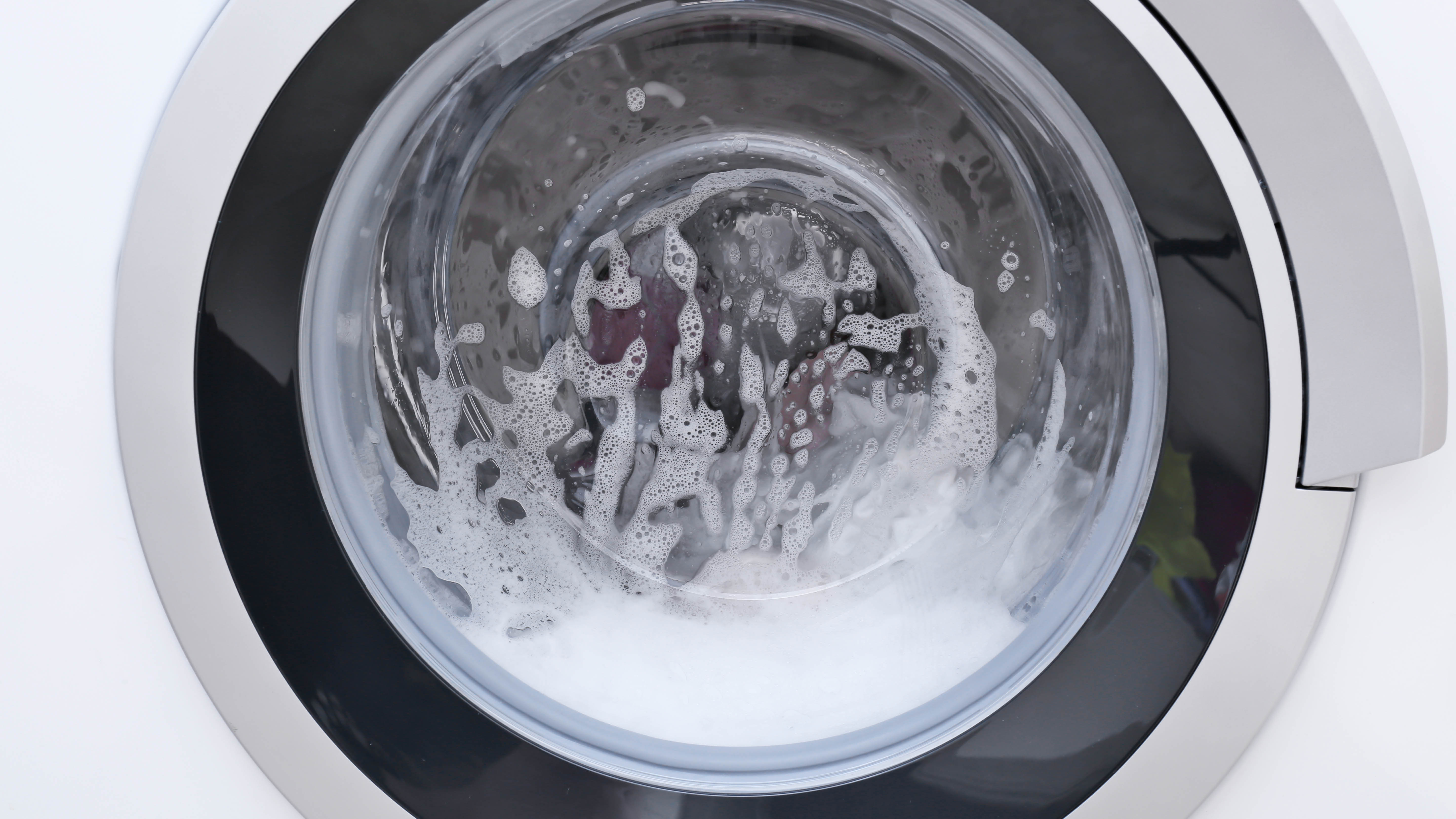
Even if you are using the correct amount of detergent, suds will still build up in your washing machine over time. This will contribute to the growth of mold and bacteria in the appliance, as mentioned earlier. With this in mind, you need to take the time to learn how to clean a washing machine, and practice this chore once a month. You should remove all traces of residual detergent from the gasket, pipes and even the detergent drawer.
If you don’t clean your washing machine, it will eventually start to smell musty, which will then transfer onto your clothes with each wash. At this stage, using the washing machine will become counterproductive and it won’t be good news for the internals either. If a deep clean doesn’t work, the mold may have grown out of reach and you will need to contact a handyman for repairs.
6. Relying on detergent too much
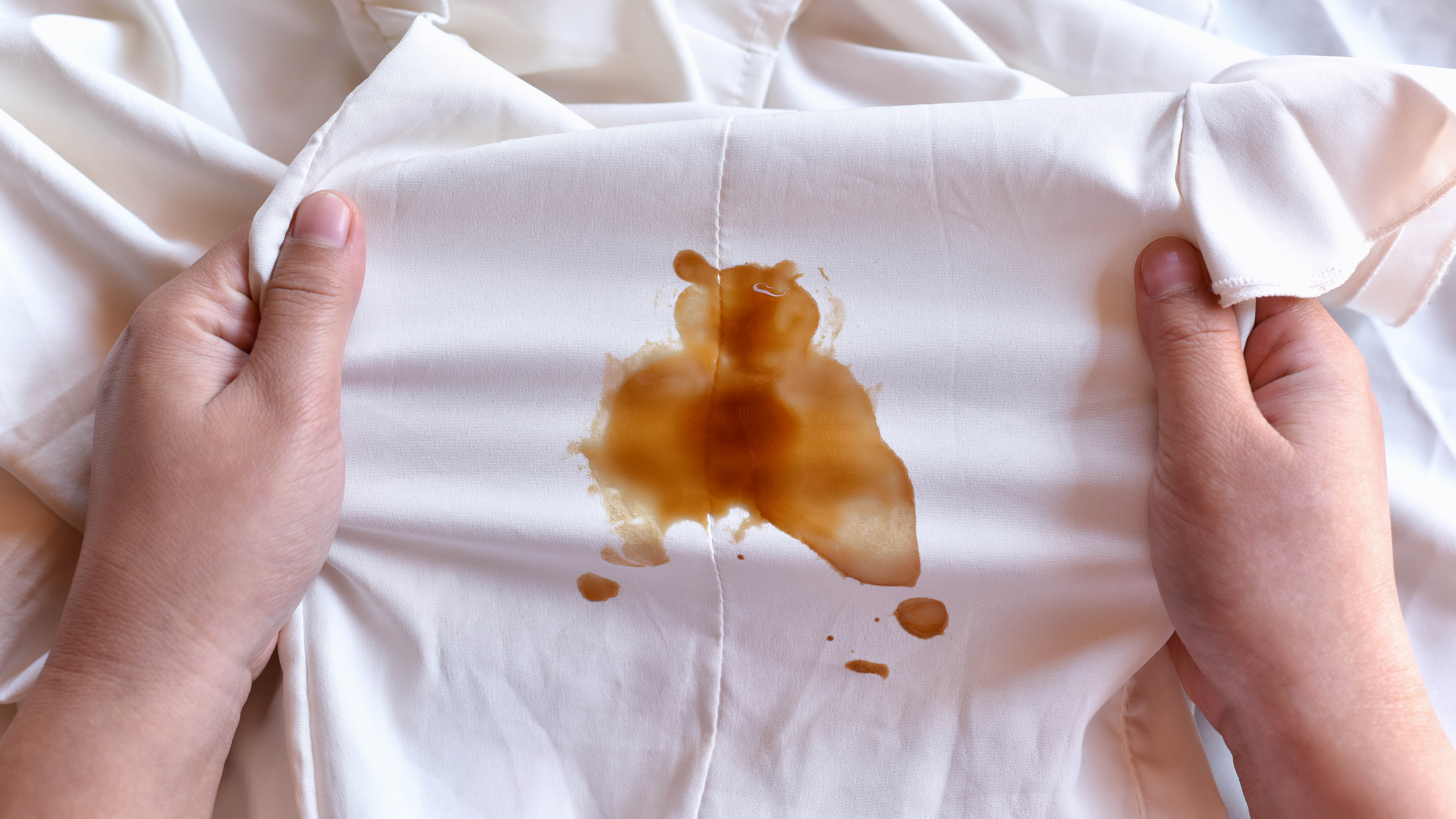
When you think about it, we expect a lot from our laundry detergent. Whatever stains we face — be it red wine, curry or mud — we assume our detergent can deal with it in one cycle. But, the fact is some stains are remarkably tricky to remove, and we need to give our detergent the best chance at shifting them. That means washing the item in question as soon as possible, rather than letting the stain dry and waiting until the weekend, when it’s more convenient.
It also means resorting to a proprietary stain remover when needed, such as Hate Stains Stain Remover for Clothes ($14.50, Amazon). There are all kinds of stain removers out there, some of which will suit specific stains, while others are more generic. Make sure you invest in those you think you will need, and give your detergent a helping hand. Follow the given instructions on how to use your stain remover.
7. Using your laundry detergent for hand washing
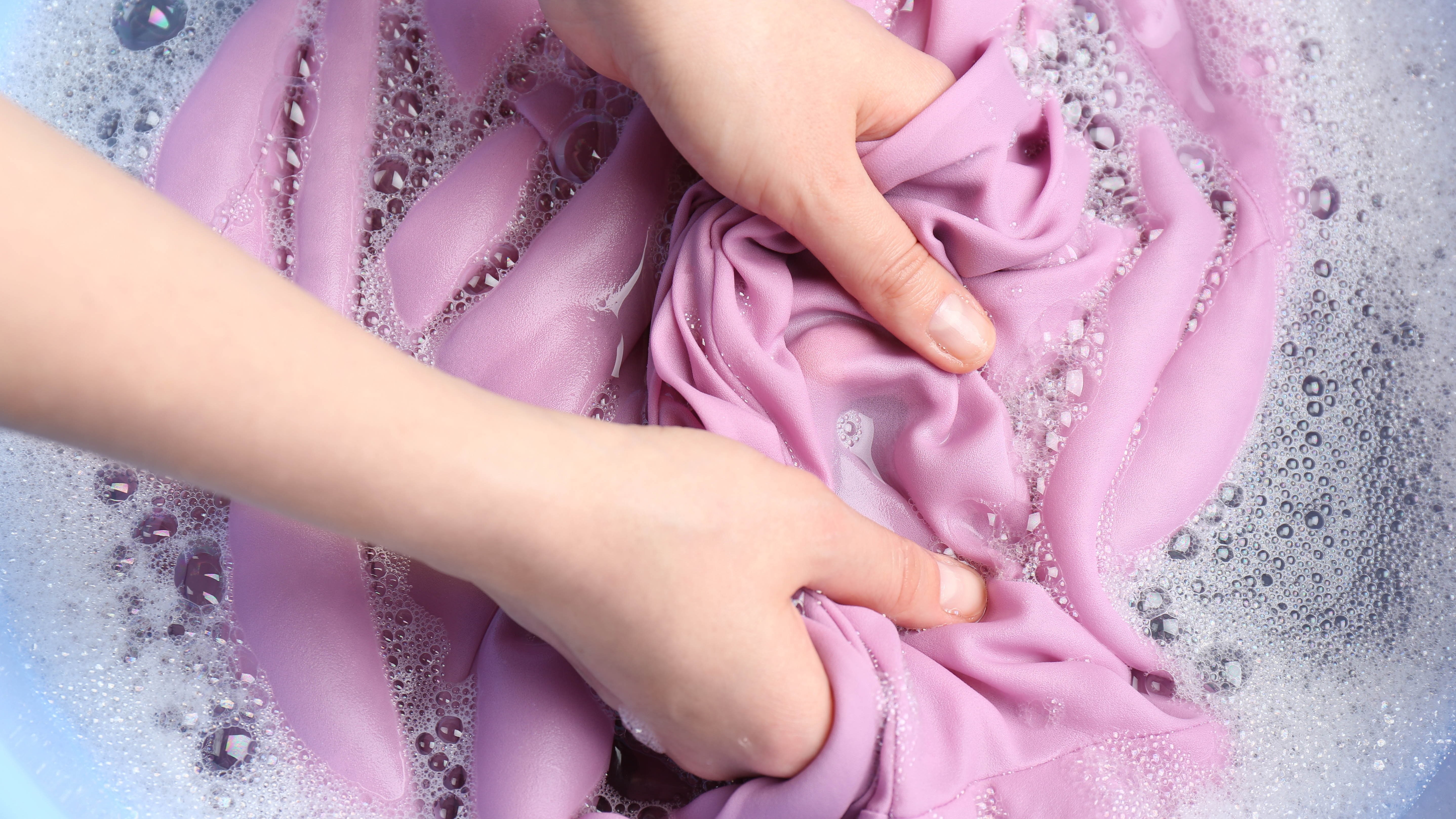
Plenty of us are guilty of using our standard laundry detergent for hand washing, and for some brands, this is fine to do so. In fact, some detergents even come with dosage instructions for hand washing. However, it’s not always convenient or practical to use your regular detergent for this chore. If you’re using a powder detergent, it can be very difficult to dissolve for hand washing, especially as our hands can’t withstand the temperatures that a washing machine can reach. That means a lot of residual detergent can end up on your clothes.
Some detergents, especially those that contain enzymes, can also be too abrasive and cause damage to any delicate items you wash by hand. In these cases, it’s best to use a gentle detergent which is intended for hand washing, such as Molly's Suds Delicate Wash Liquid Laundry Soap ($12.99, Amazon).
For more washing tips, tricks, and how-tos, check out our guides on best clothes dryers, when you should and shouldn't use the quick wash setting, here’s why fabric softener is bad news for you and your washing machine and what do laundry symbols mean? Also, don't make this one mistake when doing your laundry.

Katie Mortram used to be a Homes Editor for Tom's Guide, where she oversaw everything from kitchen appliances to gardening tools, as well as smart home tech. Specializing in providing expert advice for cleaning and home manintenance, she now works as Household Advice Editor for Good Housekeeping.
